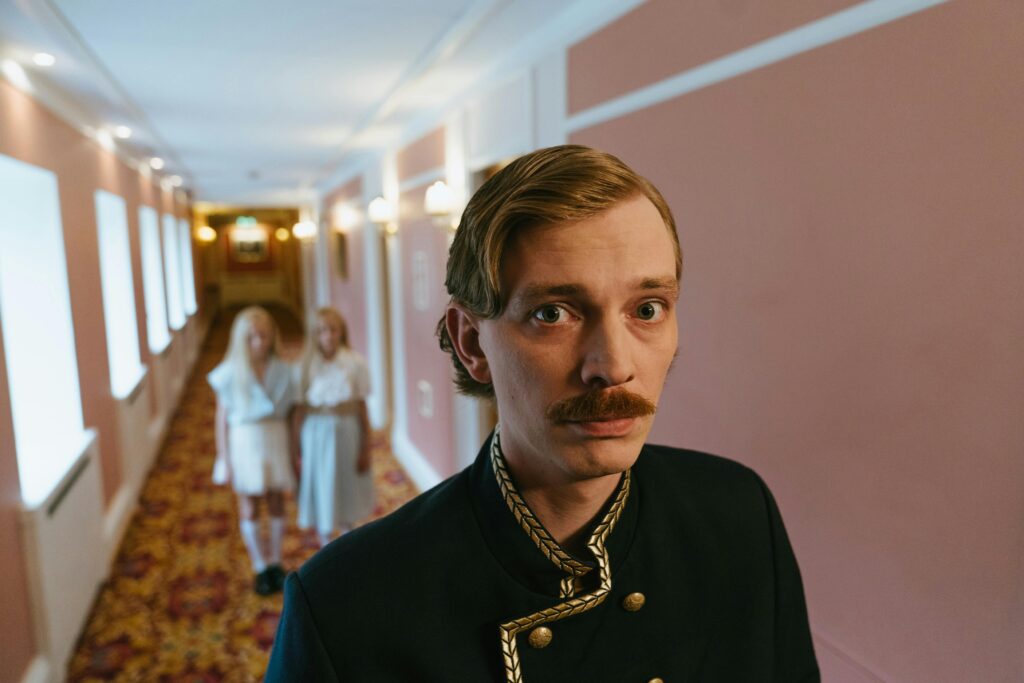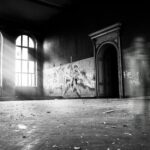
Disclaimer: This article explores a widely circulated legend associated with Brij Raj Bhavan Palace in Kota, Rajasthan. Ghost stories are part of folklore and cultural narratives. Their authenticity is based on personal beliefs and anecdotal accounts, not verified scientific evidence.
A Palace Steeped in History
Brij Raj Bhavan Palace, nestled on the banks of the Chambal River in Kota, Rajasthan, is a stunning heritage building now functioning as a hotel. Constructed in the 1830s during the British Raj, it once served as the official residence of British political agents, and later, of the Maharaja of Kota. But beyond its regal architecture and colonial legacy, the palace is often remembered for a chilling tale that has captivated locals and visitors alike.
The Legend of Major Burton
One of the most prominent figures associated with this palace is Major Charles Burton, a British officer stationed in Kota during the Indian Rebellion of 1857. Historical records confirm that on July 23, 1857, Major Burton and his two sons were killed by mutineers inside the Brij Raj Bhavan. The massacre marked a significant moment in Kota’s colonial history.
Local folklore claims that Major Burton’s spirit still lingers within the palace. Legend has it that his ghost roams the corridors of Brij Raj Bhavan, continuing his “watch” as he did during his lifetime. Some stories recount that the ghost is not malevolent, but acts as a stern protector—particularly toward security guards who fall asleep during their shifts.
Anecdotes from the Palace
Many visitors and some staff members have shared anecdotal experiences, from inexplicable footsteps echoing in empty halls to sudden chills in specific rooms. The most often repeated tale is that of night guards allegedly being “slapped” awake by an unseen force if they dare to nap during duty hours. While these accounts remain unverified, they continue to fuel the eerie reputation of the palace.
Heritage Promotion and the Ghostly Narrative
Recognizing the tourist interest generated by the ghost story, the Rajasthan government promotes Brij Raj Bhavan as a heritage hotel with a “haunted history.” However, this should not be interpreted as an official endorsement of the paranormal claims. Instead, the palace’s haunted reputation is embraced as part of its cultural narrative, drawing curious travelers eager to experience a slice of colonial and supernatural lore.
Folklore vs. Fact
It is important to distinguish between historical fact and local legend. The death of Major Burton is well documented in colonial archives. However, claims of his ghostly presence are rooted in oral traditions and personal testimonies. There is no empirical evidence to validate paranormal activity at the palace, and these stories remain within the domain of folklore.
Cultural and Psychological Perspective
Folklorists and cultural historians often point out that ghost stories like that of Brij Raj Bhavan serve deeper psychological and societal functions. In post-colonial contexts, such legends can reflect residual tensions, unspoken grief, or symbolic justice. From a psychological standpoint, belief in ghosts may arise from fear, uncertainty, and the human tendency to find meaning in unexplained phenomena.
Brij Raj Bhavan in Modern Times
Today, the palace functions as a heritage hotel, welcoming guests from around the world. While some come purely for its architecture and royal ambiance, others are intrigued by its ghostly reputation. The blend of verified history and oral legend makes Brij Raj Bhavan a fascinating case study in how places can acquire layered meanings over time.
References & Further Reading
- “The Mutiny of 1857: Perspectives and Legacies” – Cambridge University Press
- “Haunted India” by K. Hari Kumar
- Oral testimonies from local heritage guides (Kota Tourism)
Author Bio:
Sandeep is a cultural researcher and content writer specializing in Indian folklore and historical narratives. He does not endorse or promote belief in paranormal phenomena but aims to responsibly document stories that shape local traditions and cultural memory.
Note: Readers are encouraged to treat ghost stories as cultural artifacts that provide insight into human psychology and collective memory, rather than as objective truths.









